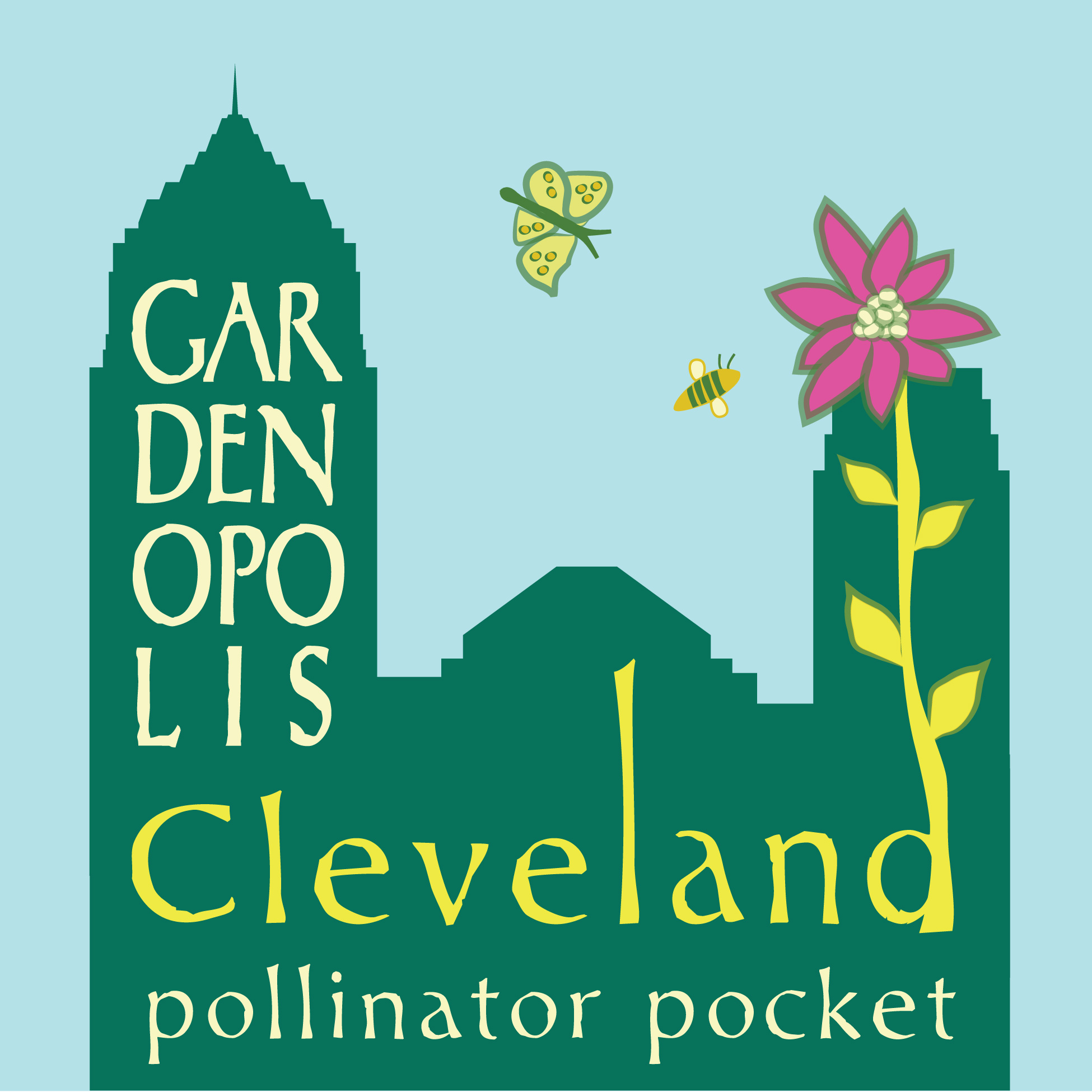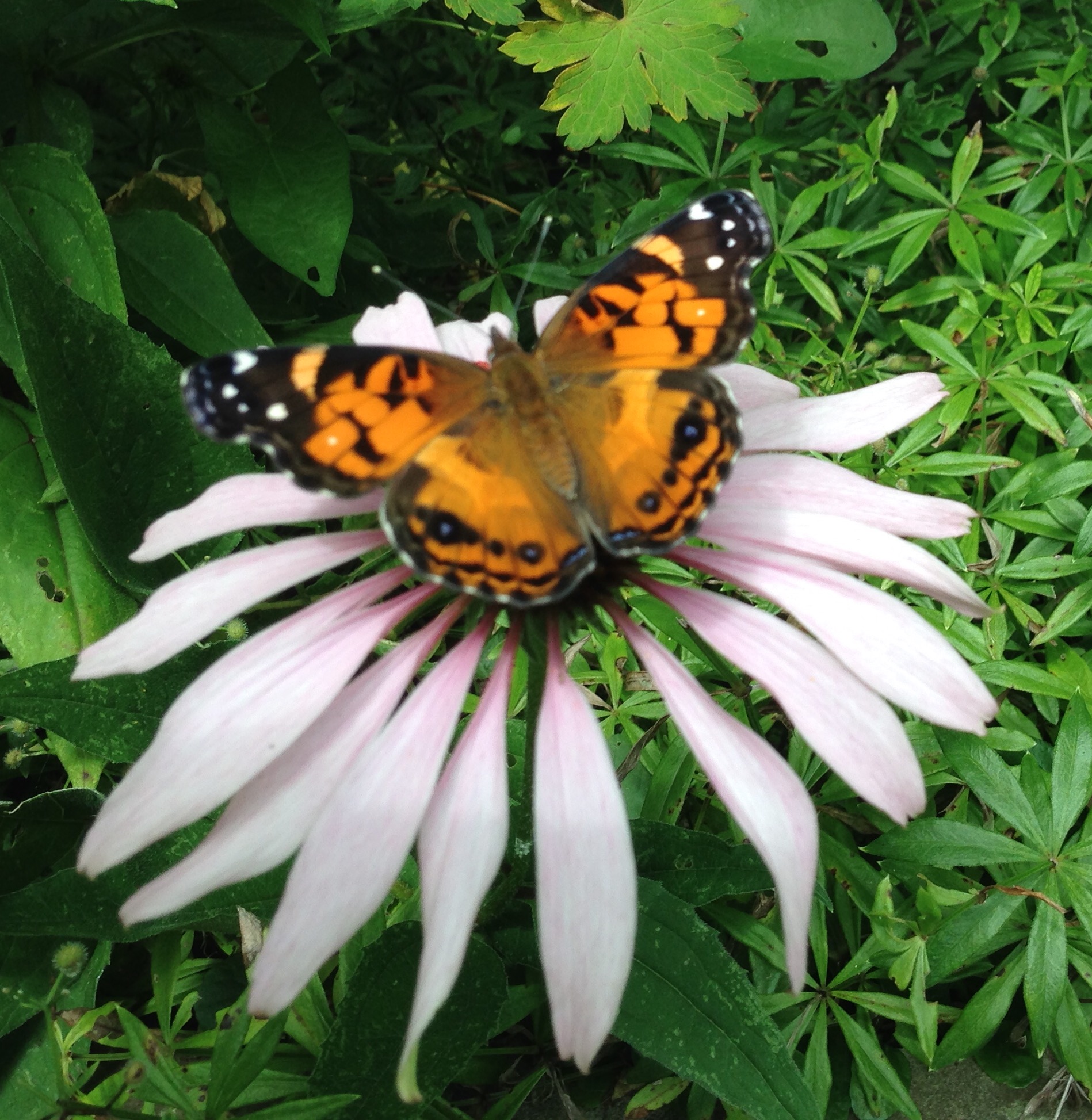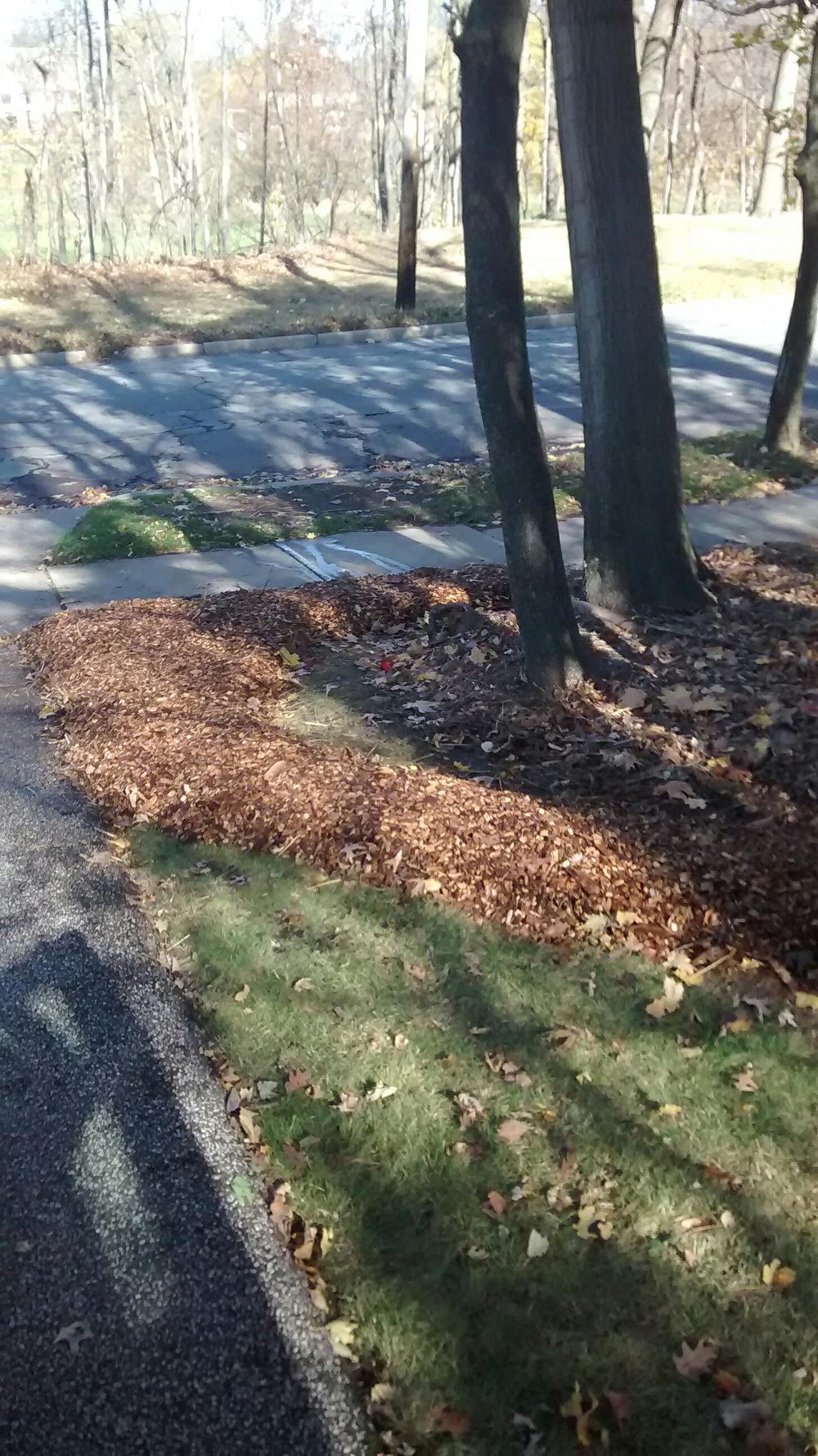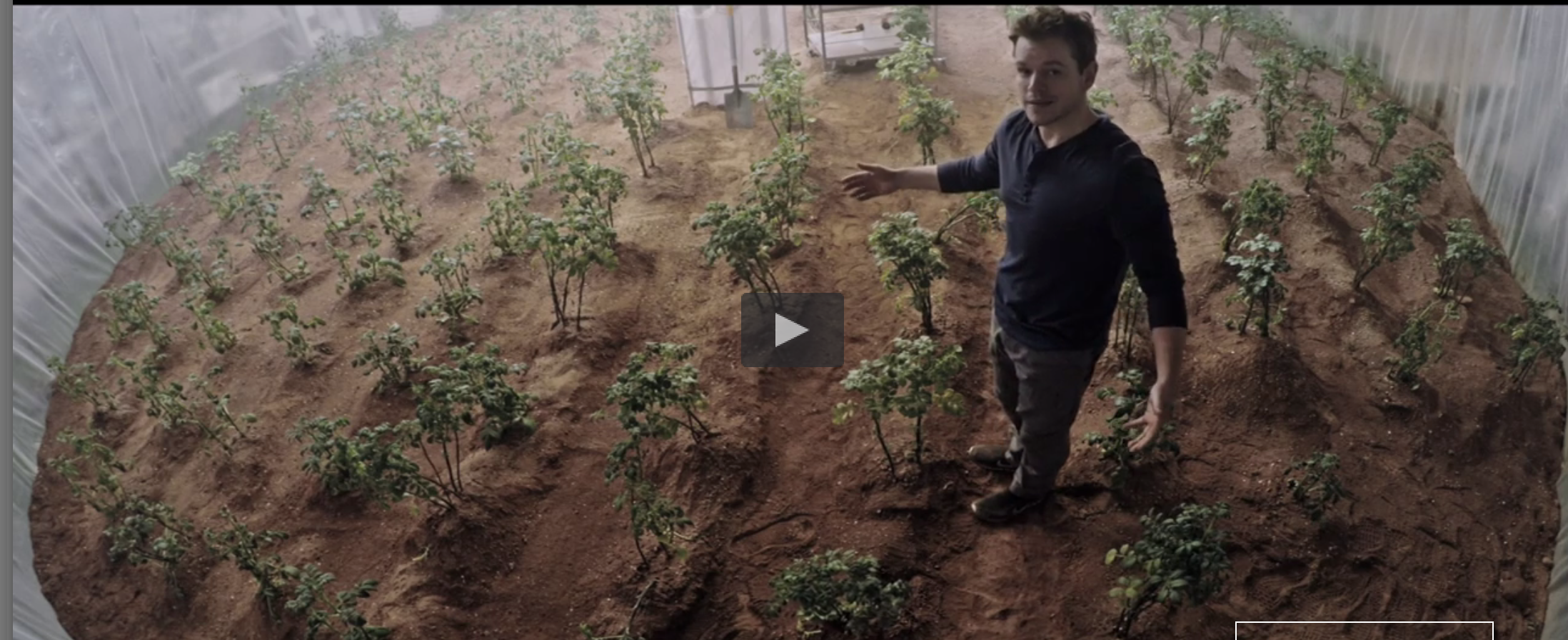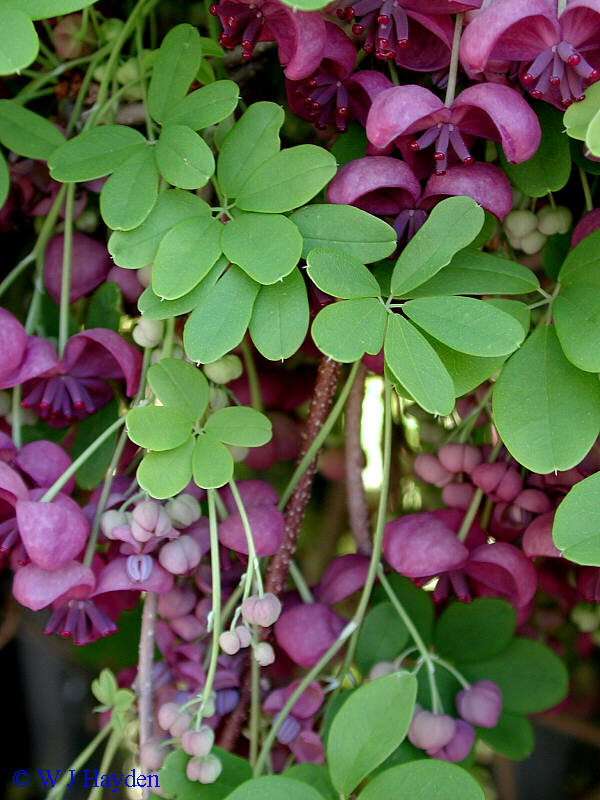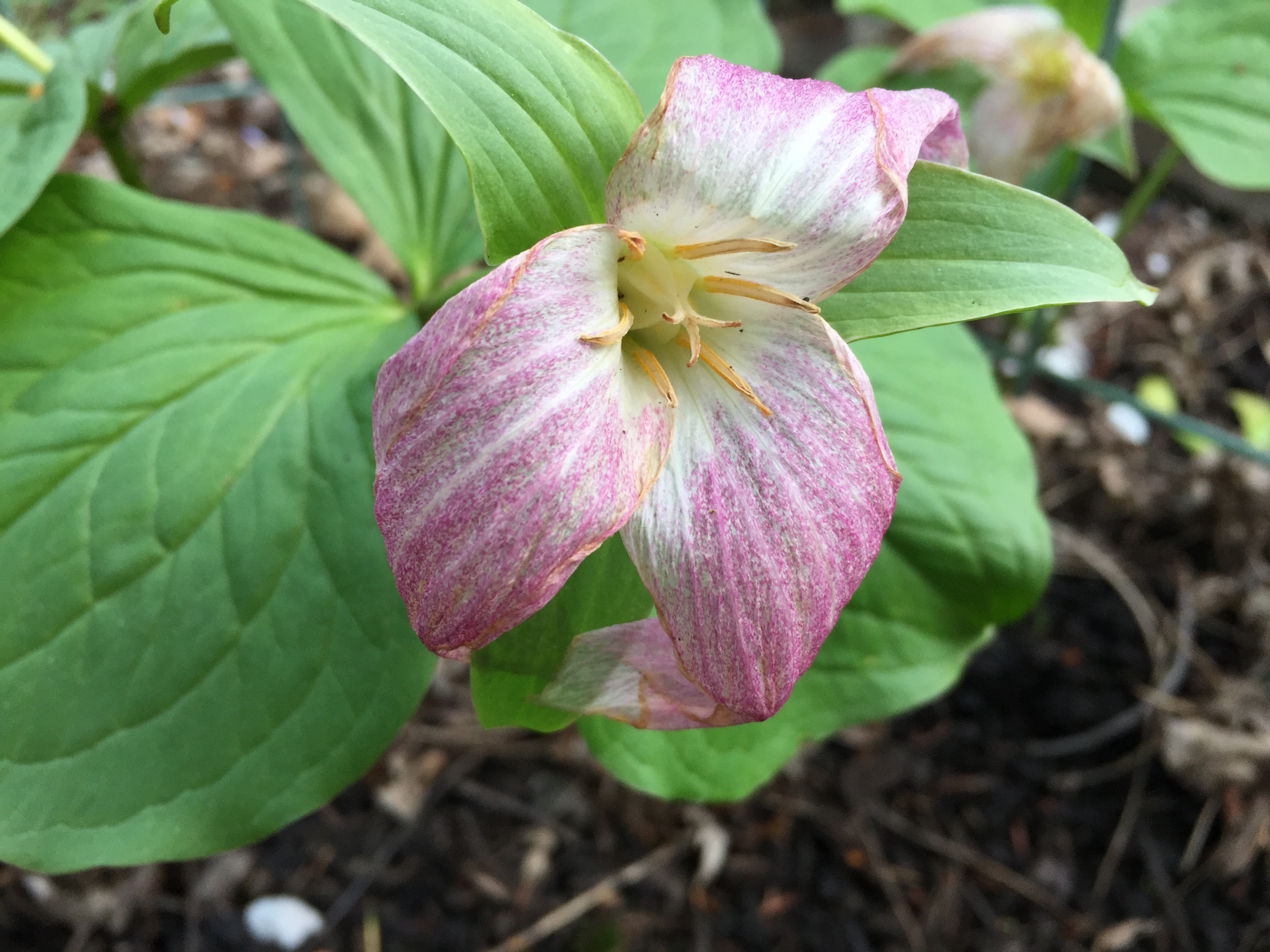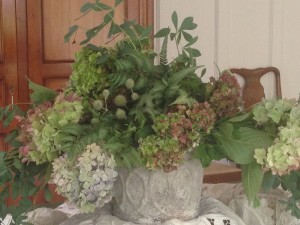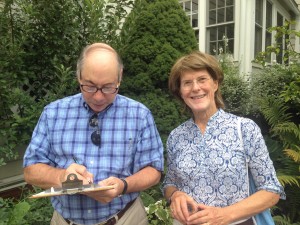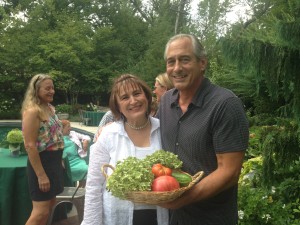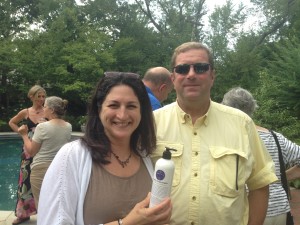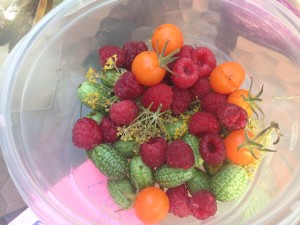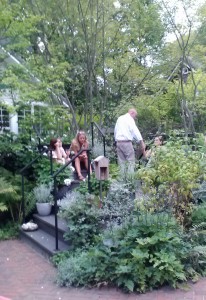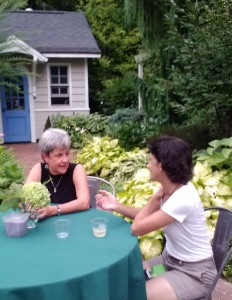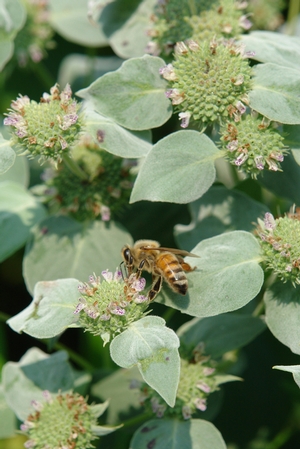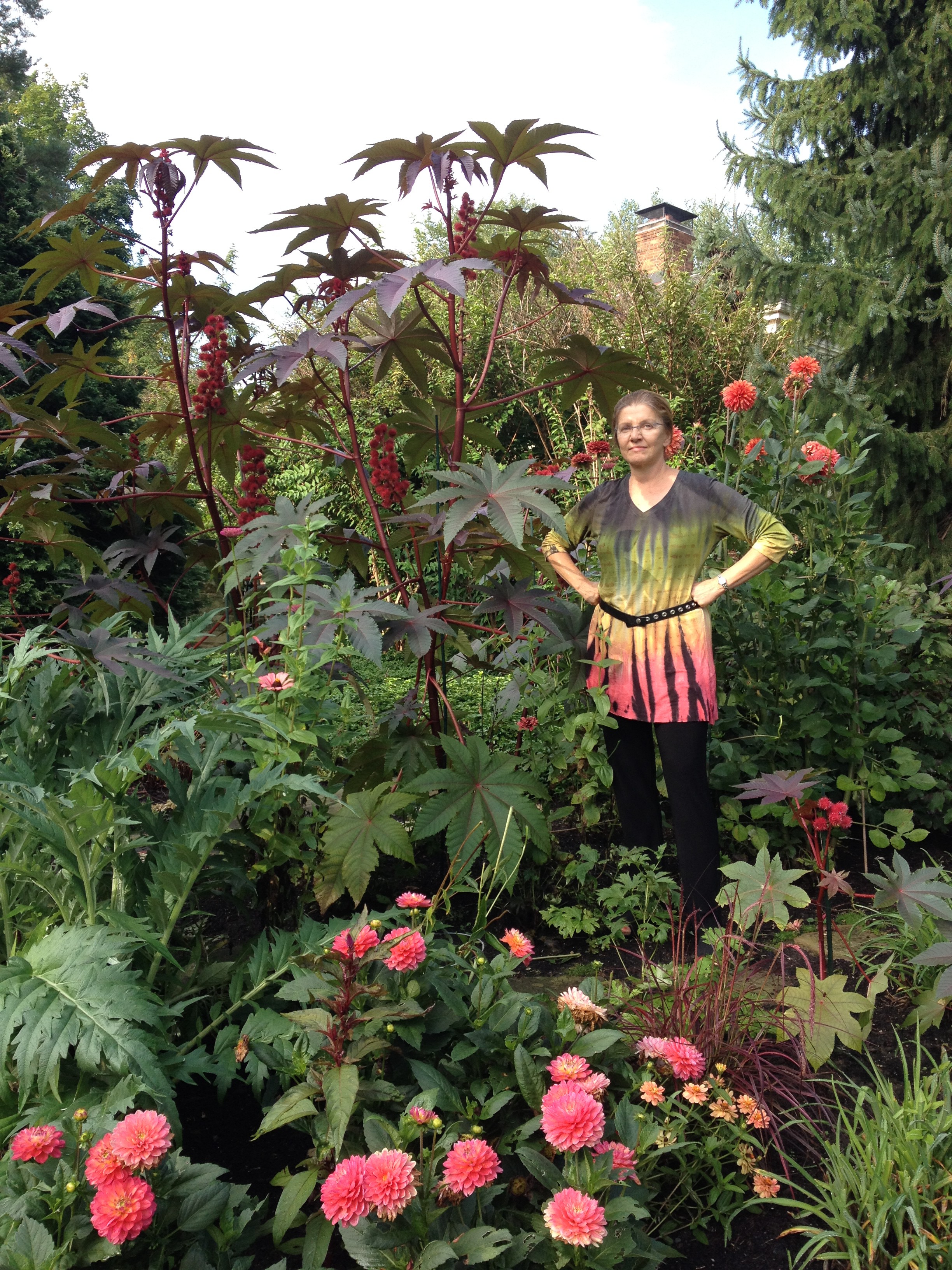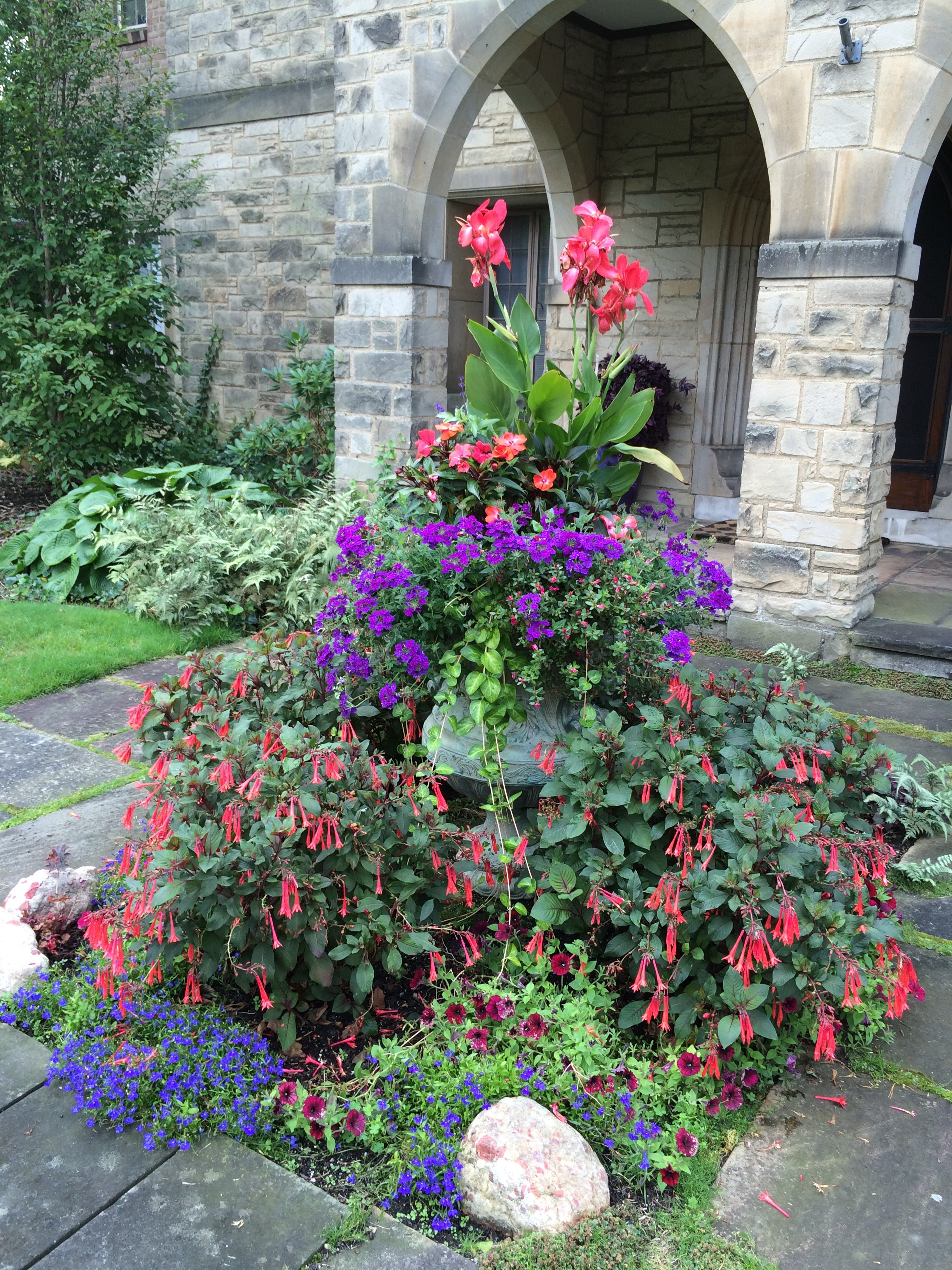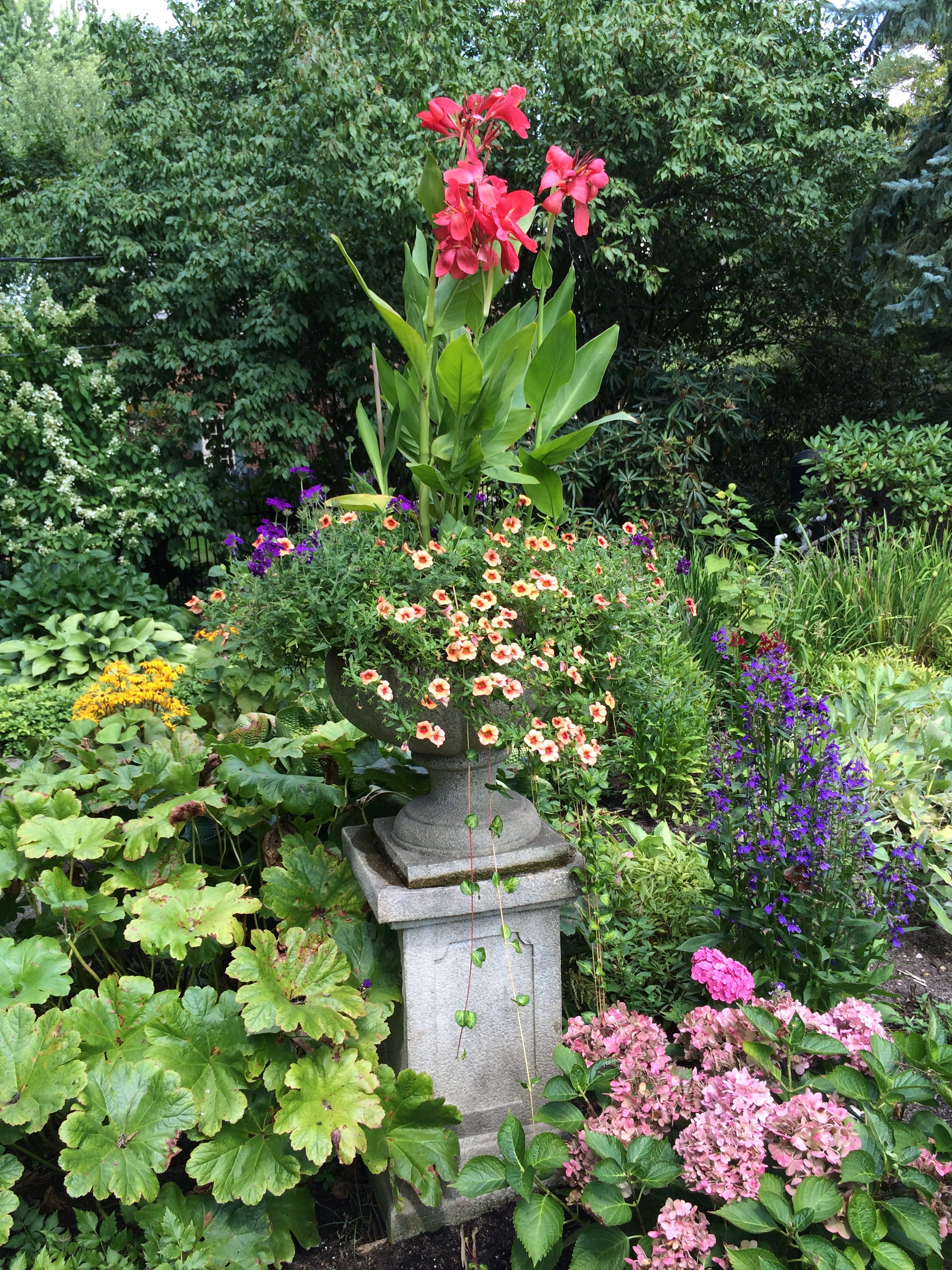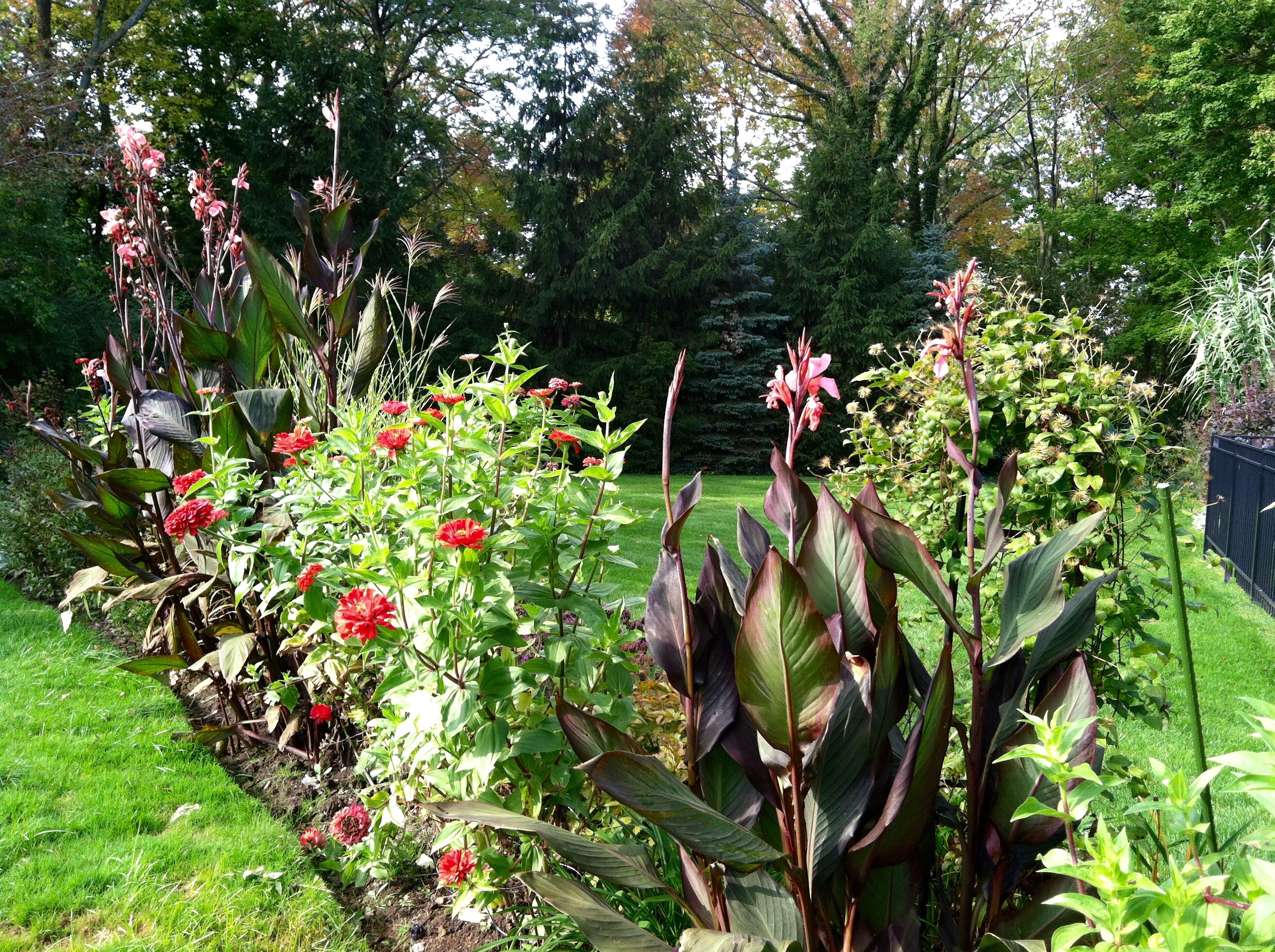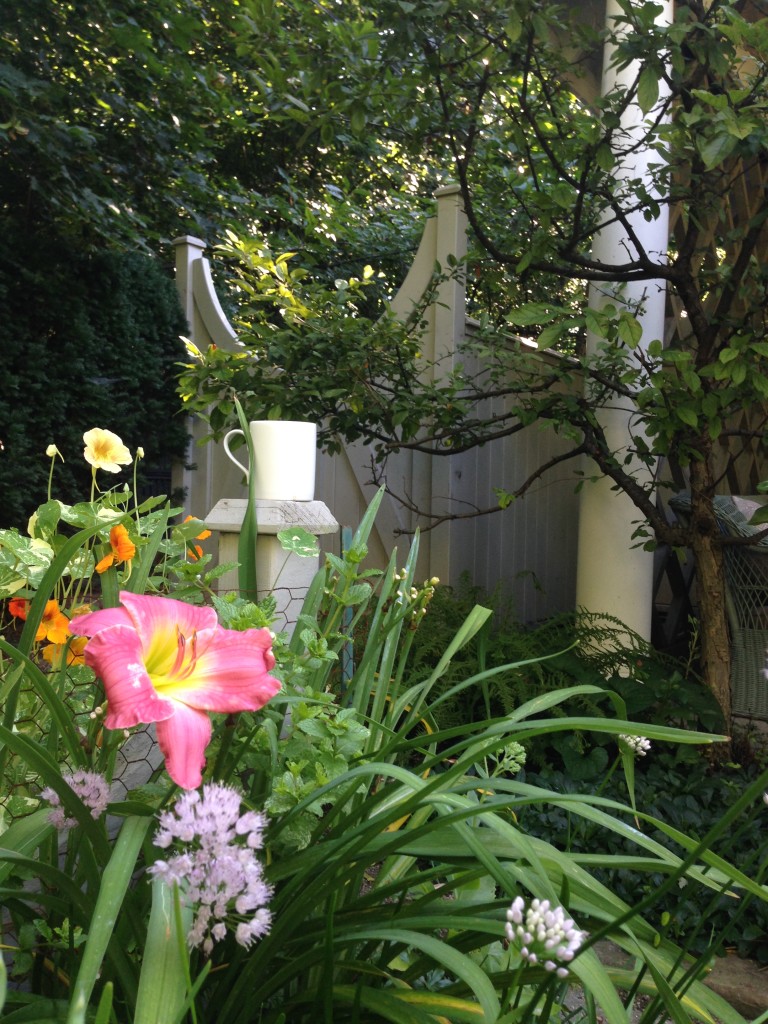News from the trenches: GARDENOPOLIS Cleveland proposes planting Pollinator Pockets around the city!
The need to establish habitats for pollinating insects has been much in the news lately. Many homeowners have been inspired to do their part and we are inspired to help them to do so. Our grand goal is to facilitate the planting of a series of carefully curated 5’x5’ pollinator pockets throughout the Cleveland urban area. According to a number of sources these small plots are enough habitat to nurture and sustain a variety of pollinators, including bees, butterflies, moths and other needed insects.
We think this is a great idea—a manageable and incremental way for each of us to do our part. And, just think how beautiful it would be if each block had a series of such plantings!
Right now we are preparing the soil of 7 sample plots around Shaker and Cleveland Heights using the lasagna mulching technique (layers of newspaper, straw, leaves, manure, compost and wood chips.)
In the spring we will install pollinator plants for all-season bloom and deer-resistance. We will provide participating homeowners with an instruction manual for the maintenance of the chosen plants. You will be able to identify our Pollinator Pockets by the yard signs posted near the pollinator pockets. Sound appealing? Next year you may yearn for one of your own. We will keep you posted as to pollinator plot progress and how you may sign-up.
Watch for our sign:
